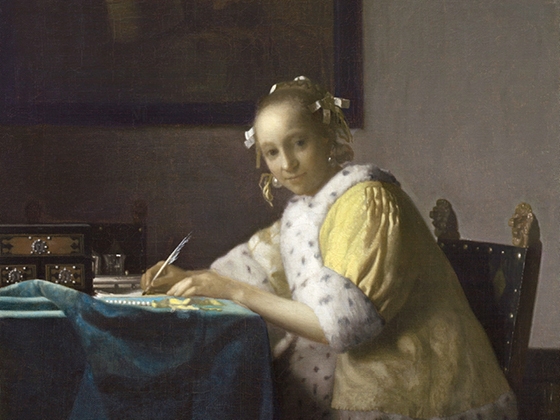October 11, 2015 – January 18, 2016
http://www.mfa.org
From princes to regents to milkmaids, Dutch artists in the time of Rembrandt and Vermeer portrayed levels of society from highest to lowest in brilliant color and detail.
Organized by the MFA, this groundbreaking exhibition proposes a new approach to understanding 17th-century Dutch painting. Through 75 carefully selected, beautifully preserved portraits, genre scenes, landscapes and seascapes borrowed from European and American public and private collections—including masterpieces never before seen in the United States—the show reflects, for the first time, the ways in which paintings represent the various socioeconomic groups of the new Dutch Republic, from the Princes of Orange to the most indigent of citizens.
Class distinctions had meaning and were expressed in the type of work depicted (or the lack thereof), costumes, a figure’s comportment and behavior, and his physical environment. Arranged according to 17th-century ideas about social stratification, paintings by artists such as Rembrandt, Vermeer, Jan Steen, Pieter de Hooch, Gerard ter Borch and Gabriel Metsu, are divided broadly into three classes—upper, middle and lower—and within them, into sub-groups. Princes, regents and milkmaids are among the figures in the thematic groupings, reflecting the social order of the new Dutch Republic. Viewers are encouraged to look closely at the images for clues that differentiate a mistress from a maid, or distinguish a noble from a social-climbing merchant.
http://www.mfa.org
From princes to regents to milkmaids, Dutch artists in the time of Rembrandt and Vermeer portrayed levels of society from highest to lowest in brilliant color and detail.
Organized by the MFA, this groundbreaking exhibition proposes a new approach to understanding 17th-century Dutch painting. Through 75 carefully selected, beautifully preserved portraits, genre scenes, landscapes and seascapes borrowed from European and American public and private collections—including masterpieces never before seen in the United States—the show reflects, for the first time, the ways in which paintings represent the various socioeconomic groups of the new Dutch Republic, from the Princes of Orange to the most indigent of citizens.
Class distinctions had meaning and were expressed in the type of work depicted (or the lack thereof), costumes, a figure’s comportment and behavior, and his physical environment. Arranged according to 17th-century ideas about social stratification, paintings by artists such as Rembrandt, Vermeer, Jan Steen, Pieter de Hooch, Gerard ter Borch and Gabriel Metsu, are divided broadly into three classes—upper, middle and lower—and within them, into sub-groups. Princes, regents and milkmaids are among the figures in the thematic groupings, reflecting the social order of the new Dutch Republic. Viewers are encouraged to look closely at the images for clues that differentiate a mistress from a maid, or distinguish a noble from a social-climbing merchant.
